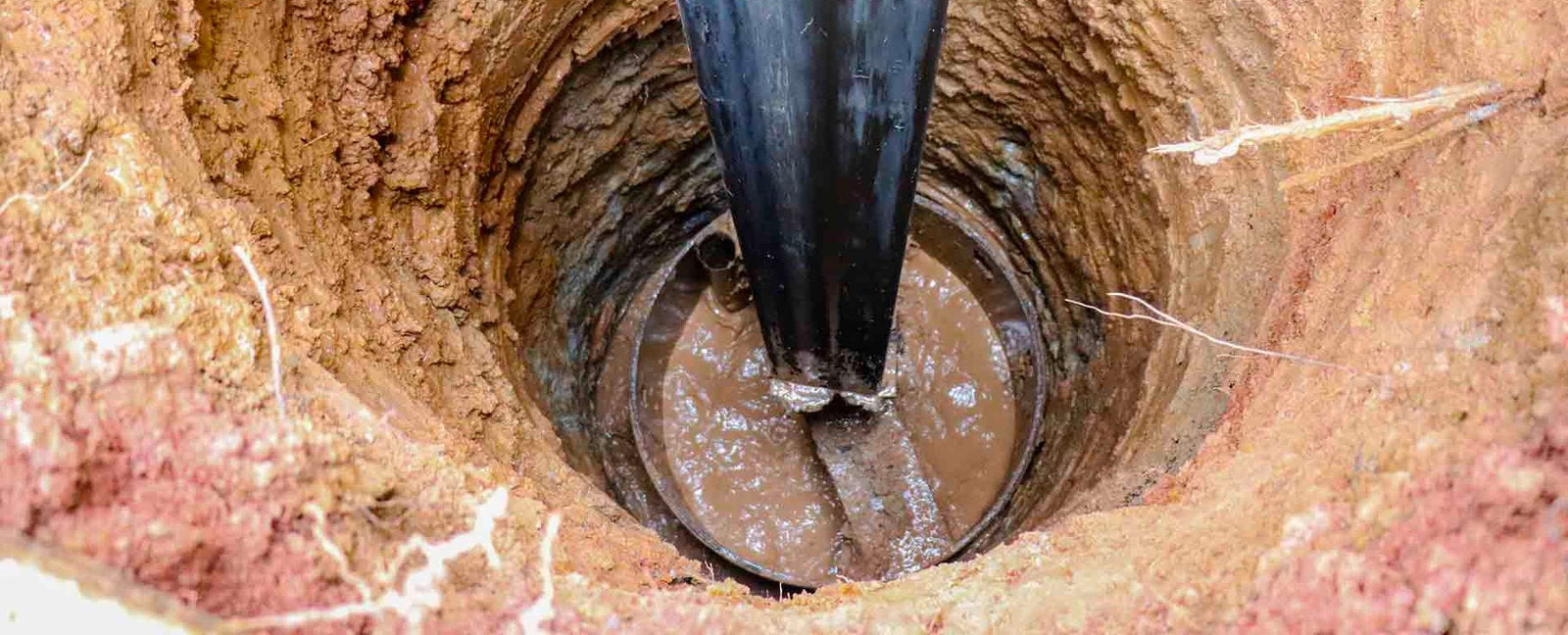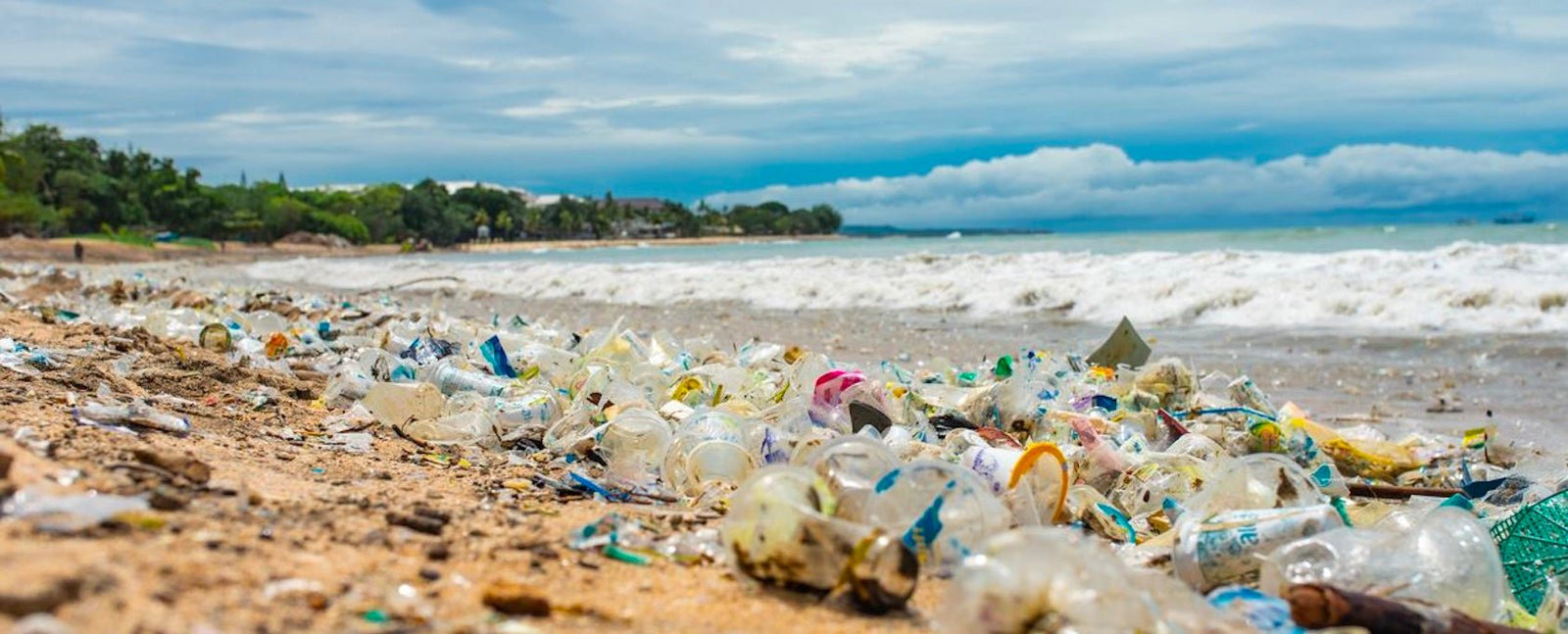
Why Some Boreholes Fail
by Duncan Peters August 04, 2022 3 min read
Why some boreholes fail
Uninformed Siting
It takes a great deal of technical preparation to choose an appropriate location for a drilling a water well. Water engineers call this “siting”, the act of assessing and deciding upon a location for the water source.
To choose an appropriate location, experts must study the geology, the depth of the water table, the topography of the area, and the distance from the site and contaminants such as outhouses, garbage dumps, and grazing cattle.
If a well is drilled too close to human and animal waste, for example, the groundwater surrounding that well is at risk for contamination. If the well is drilled in an area that does not have enough water, the community will again find themselves in need.
“Siting” for construction of a drilled well is an important process requiring the expertise of geologists, engineers, and the communities themselves.

In some cases, the chemical weathering of the geology could make the water unsafe to drink. Sometimes, even if the water is safe, the geology of the earth results in water that has an unpleasant taste, color, and/or odor.
Many of these issues can’t be fixed following construction. That’s why it’s so important that high-quality siting is undertaken to account for all the factors that may impact a well before it’s drilled, preventing problems in the years ahead.
Construction Issues
Similar to well siting, there are a number of factors in the drilling process that can cause water wells to fail in the near-term. These include the depth of the well, the depth of the hand-pump, the placement and quality of the materials, and more.
Groundwater fluctuates with the seasons. If a well is drilled at too shallow a depth to save on expenses, communities whose well produced enough water during the rainy season will struggle to pump enough water when the water table drops during the dry season.

Low quality or improper construction materials can also cause the well to fail early on.
Ensuring that these problems don’t occur takes a high level of technical knowledge and skill by those conducting the work. It also takes sufficient financial resources and access to quality construction materials.
Inadequate Maintenance
As with all things mechanical, hand pumps and water wells are going to wear with use over time. It’s important that communities have access to regular maintenance, a supply chain of parts, and emergency repair services.
This is often referred to as Operations and Maintenance (O&M).
If maintenance is not regularly conducted and parts aren’t replaced with the proper frequency, even the highest-quality, most expertly-constructed hand pumps and water wells will break down prematurely.
The problem is that conducting preventive maintenance on wells in developing nations can be very challenging. Communities must locate a trained mechanic, source the necessary spare parts, and have the financial means to pay for the service.
For economically poor communities, especially those in rural areas where Lifewater works, these challenges can be nearly insurmountable.
Finding trained mechanics who know how to perform major repairs is a challenge, and spare parts, in some instances, are hundreds of miles away from the people that need them.
Contact us
To find out more about how IF Water can eliminate your reliance on boreholes, click here.
Get more out of IF
Join our mailing list to learn more about our innovative technology, be the first in line to experience its benefits, and join a community of people who want better water and better health.




